Think of Captains Flat and most Canberrans think of a mining ghost town complete with an imposing red brick pub that never seems to be open. Hardly a place for a weekend drive in the country.
Well, think again. After being closed for almost three years, this week the historic Captains Flat Hotel, now refurbished and under new ownership, will be welcoming patrons once more, to coincide with the "Back to the Flat" family fun day.
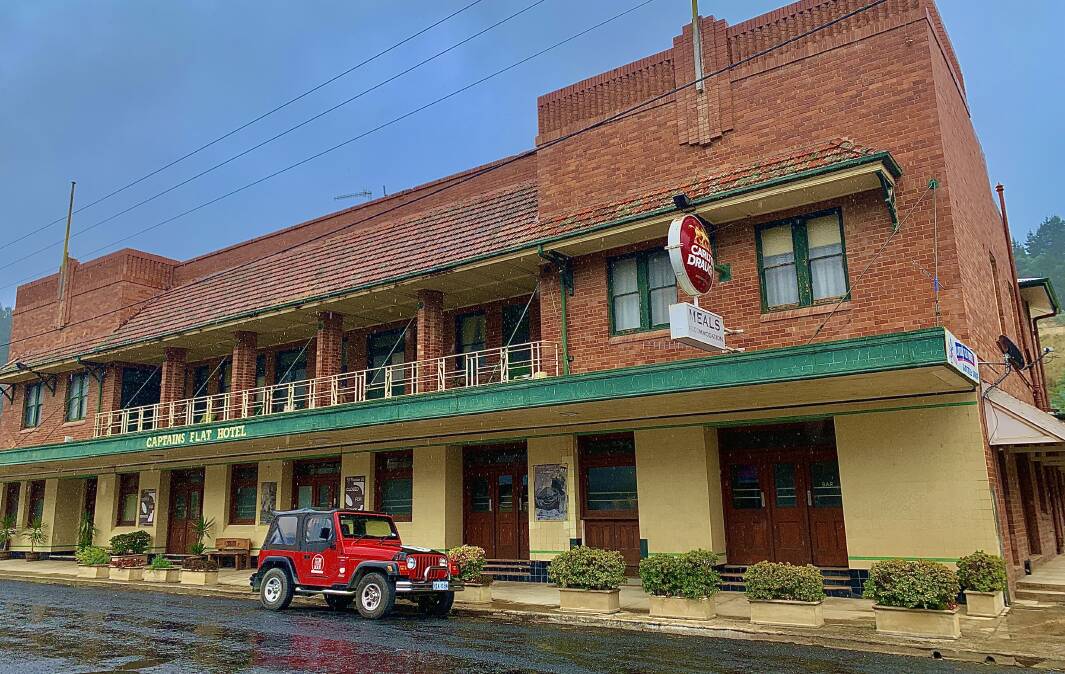
"After so much hard yakka restoring it, it'll be great to finally see some life back in the pub," says excited owners Tracey and Greg Durr. And if you scratch the surface a bit, "The Flat", as the village is affectionately known, is a goldmine of hidden places to explore.
Here are my Top 10:
Bushranger Cave
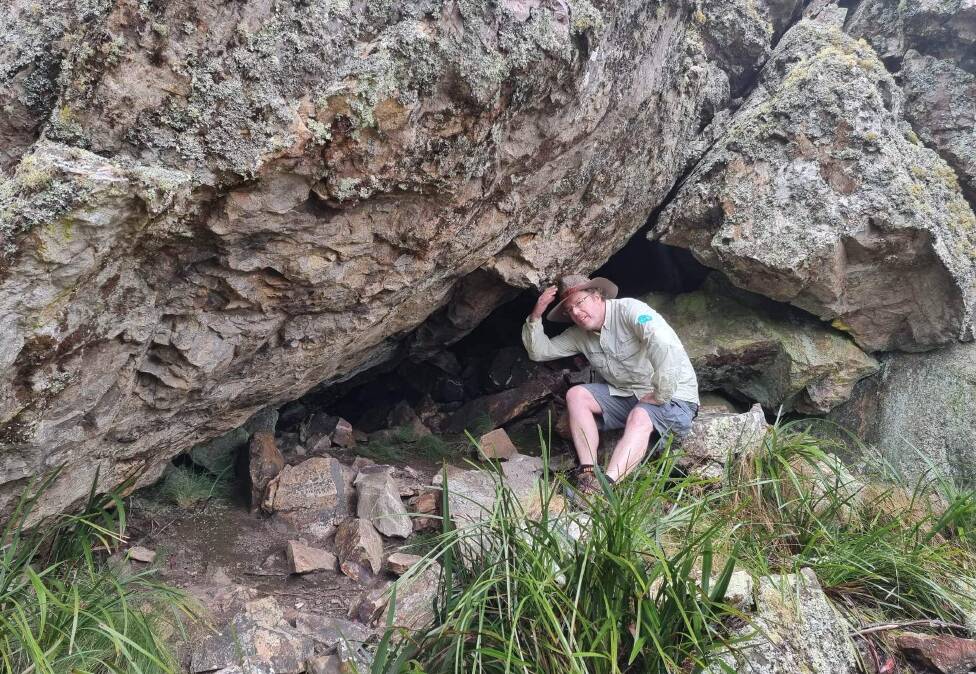
This is the heart of Clarke Gang bushranger territory and a trig site south-east of the village near Parkers Gap referred to as "Clarke Brothers lookout" still commands a lofty view of the roads leading to once rich goldfields in Braidwood, Araluen, Majors Creek and beyond. Below the trig point is a large cave with two entry points, which, according to folklore, members of the gang used as a hideout.
Secret waterfall
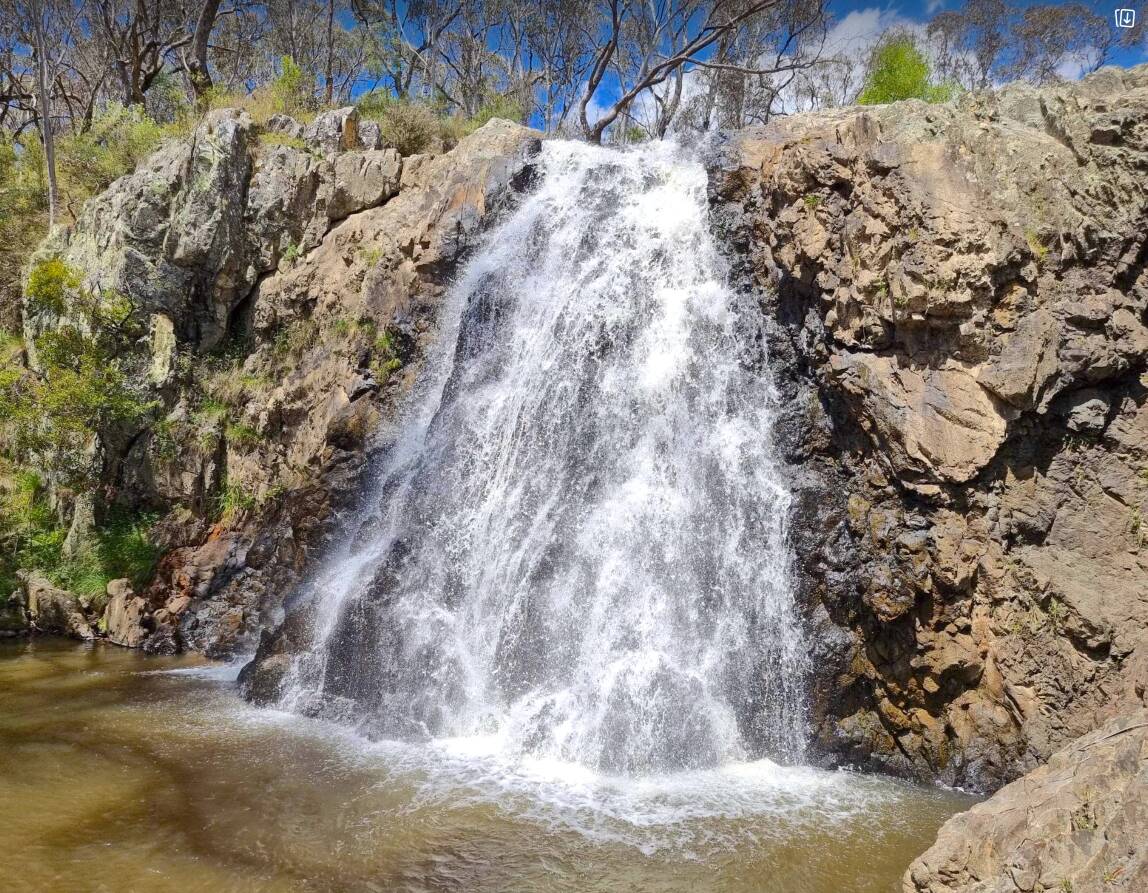
Just upstream of Captains Flat where the Molonglo River plunges over a granite cliff is an idyllic swimming hole. You won't find it on maps, nor does it have an official name, but locals have coined it "Raggeds", after Kenneth "Ragged" Winchester (1937-2013), grandfather of current Queanbeyan-Palerang Regional Council mayor Kenrick Winchester. "Ragged" often took a dip at the falls after a hard day's work.
The wild west
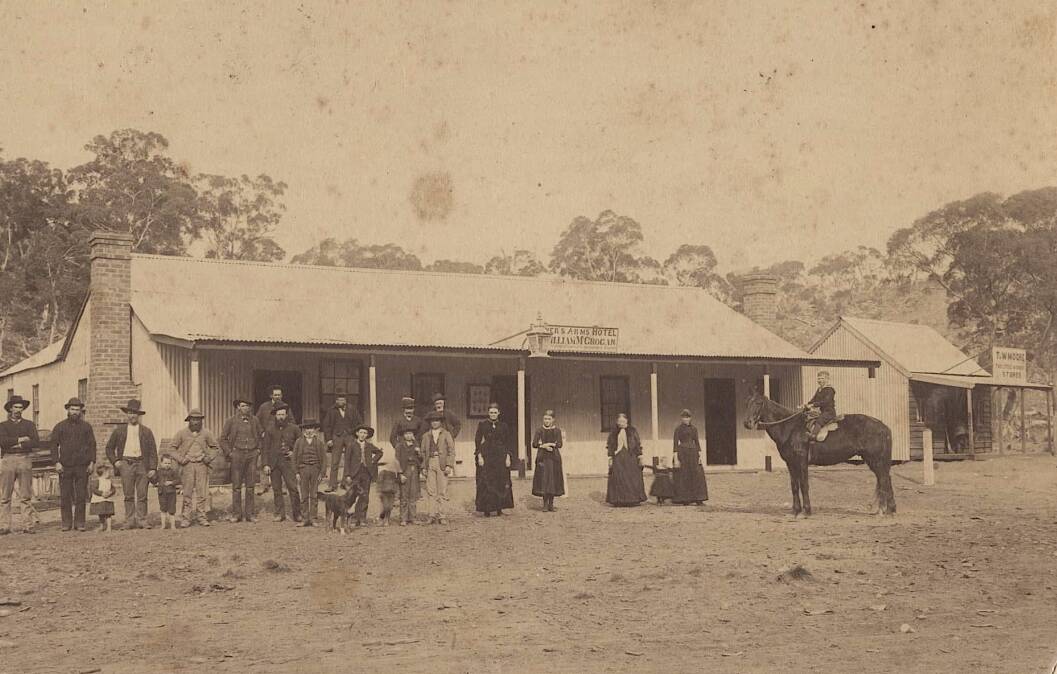
At the peak of the mining boom in the 1890s there were five hotels catering to the seemingly never-ending thirst of miners. Not surprisingly, some of these watering holes were rougher than others. According to Boom to Bust - and Back Again: Captains Flat from 1883 (Susan Pryke, 1995) in 1888 while rowdy drinkers stoned (yes you read correctly) the manager of the Koh-i-Noor Mine outside his front door, the landlord of the adjacent Silver Age Hotel used a revolver to clear his premises. Bang! Meanwhile, in 1898, the wife of John Donnelly, the publican at the Miners Arms Hotel, fell through an open trap door while chatting to her customers. The Captains Flat Mining Record (January 15, 1898) reports "she had a miraculous escape from serious injury". It must have left her shaken, for the Donnellys sold the pub one month later.
Orchids galore
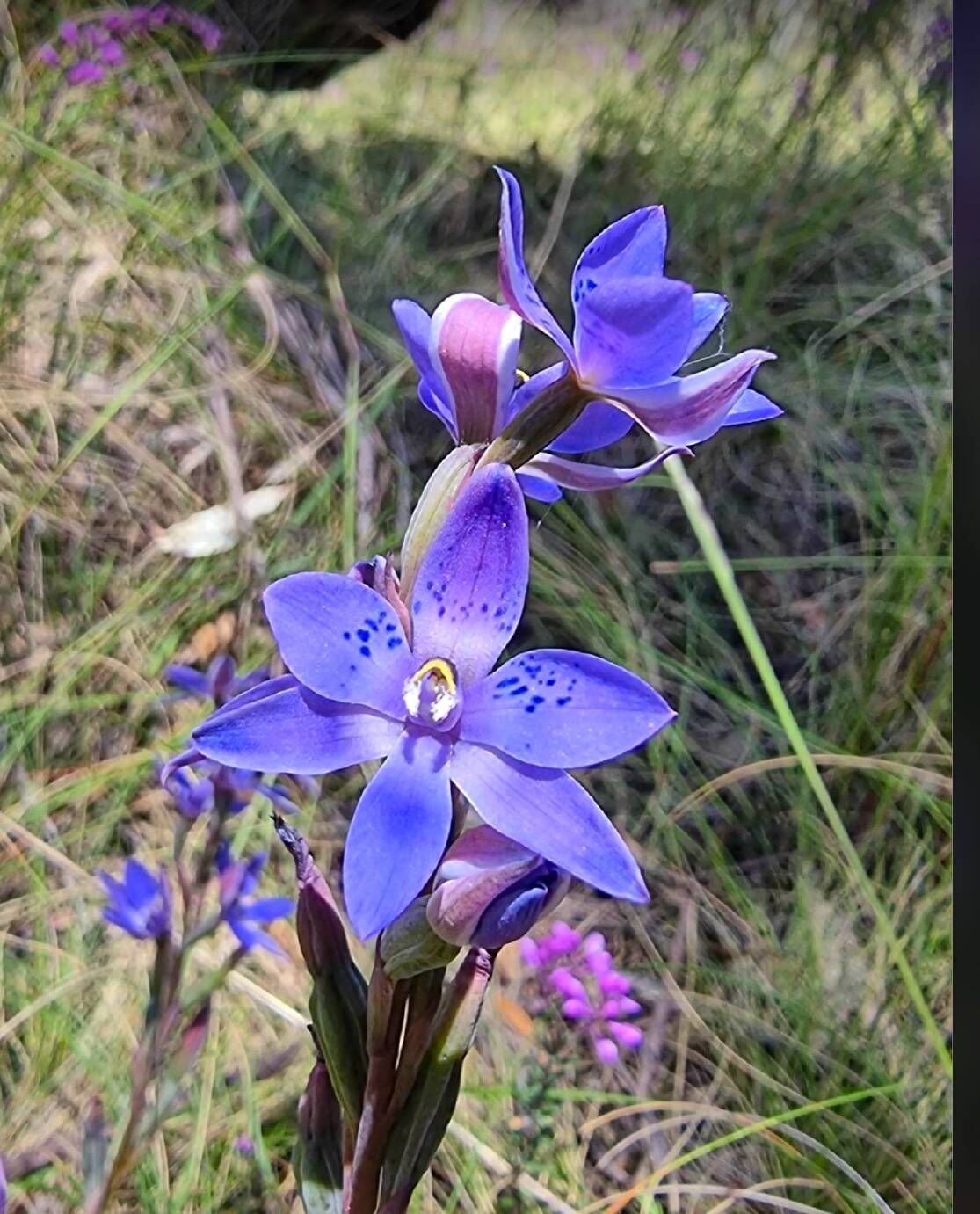
The forested area around The Flat abounds with native terrestrial orchids. If you visit at the right time, you can catch several species of these elusive plants blooming at once, all within a few minutes' walk of the village. Don't pick them!
Gorgeous Gallery
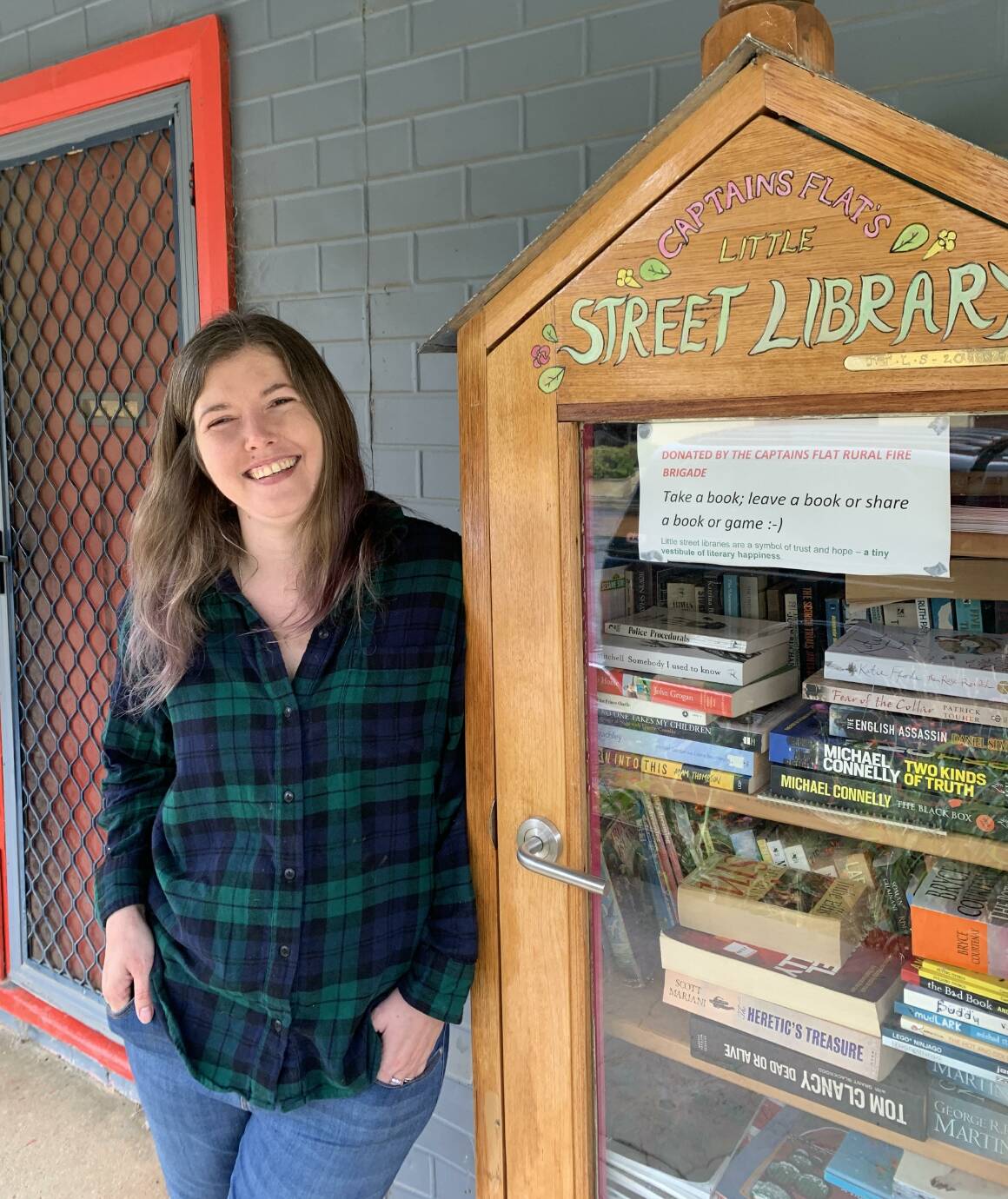
Opposite the hotel is Neverwhere Gallery, a funky little hangout that showcases the many artists and artisans of the region, as well as housing the local post office. Outside the gallery is the village's street library, while inside you'll find hand-printed jewellery, hand-dyed yarns, and one-of-a- kind artworks.
Tailings Surprise
Don't be alarmed if you stumble upon piles of oyster shells in the hills above the village. They are unlikely to be Aboriginal middens, but rather the feasting spots of seafood lovers who flocked to one of The Flat's most popular takeaway eateries in the late 1800s, Mr Dolphins' Fresh Fish and Oyster Saloon. Yum. I think.
Keatings Collapse
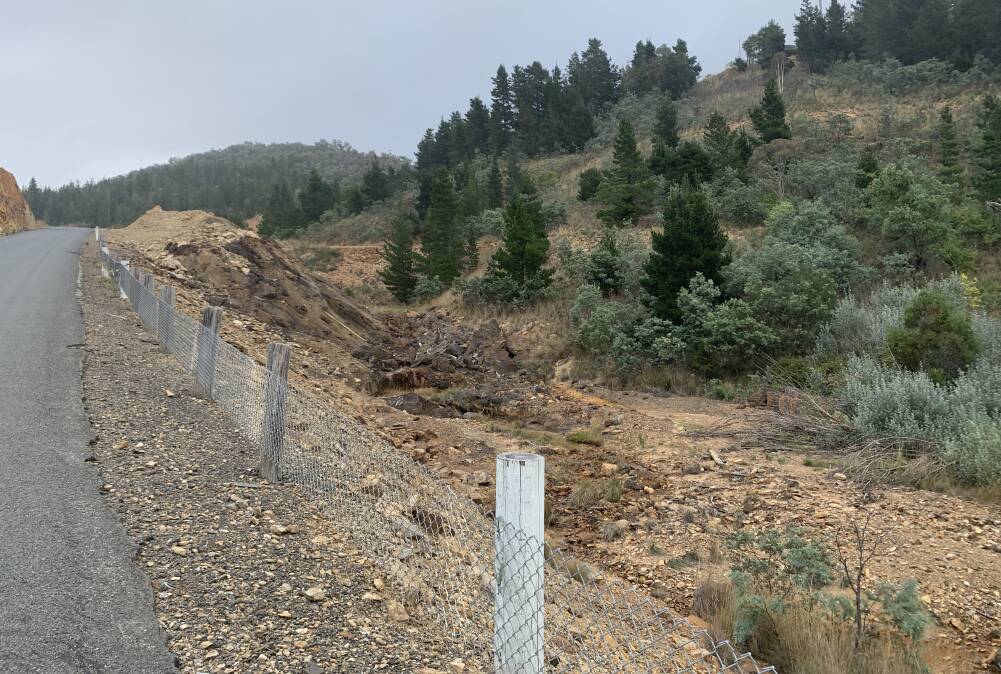
Named after a miner whose selection was in the vicinity, in 1961 part of the hillside here unexpectedly collapsed. It's about 400 metres beyond the Captains Flat Hotel on the Jerangle Road.
Feeling sheepish
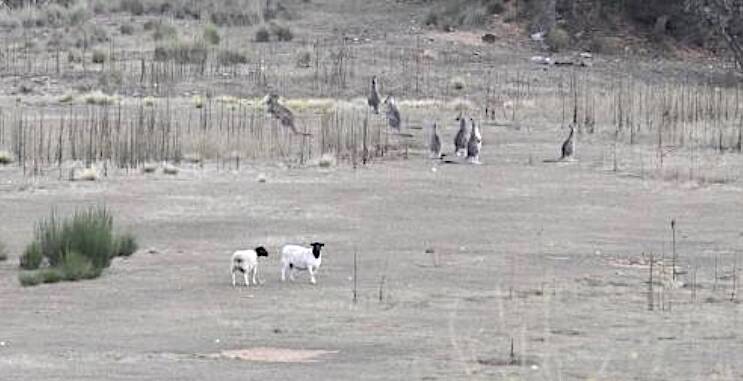
Since 2018, high on the mine-scarred hill overlooking the village from the west, two sheep have shared paddocks with kangaroos. The mystery of their origin and their continued survival delights residents like Peter Marshall, who looks for them most evenings on his drive home from work in Canberra.
Golf, anyone?
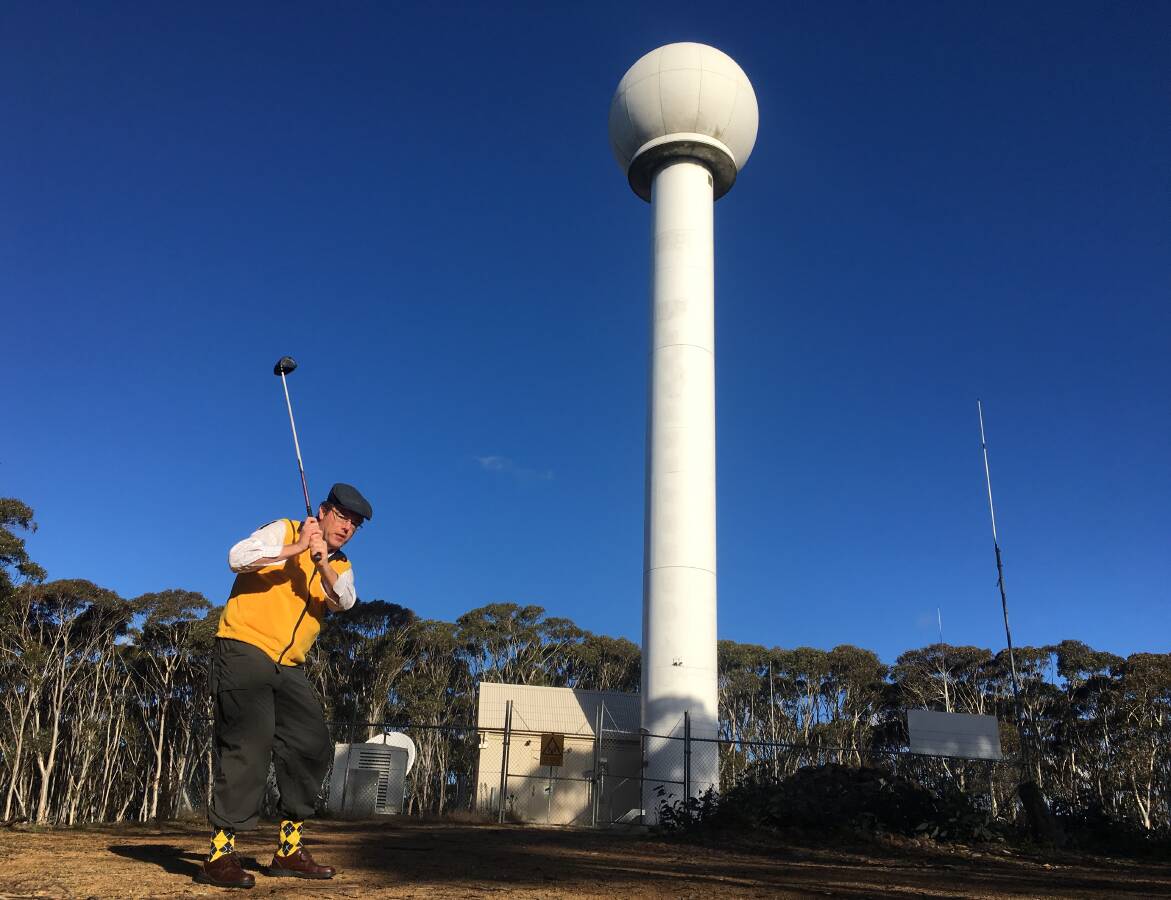
Do you check the radar for incoming storms? Like a giant golf ball, the main weather radar for the Canberra and Southern Tablelands region is perched on a 22-metre-tall tower in a small clearing along the Mt Cowangerong fire trail about 15 minutes' drive (4WD recommended) out of Captains Flat. Don't forget to bring the golf club for that obligatory photo.
Run to Paradise
The Flat has featured in several films, including Ned Kelly (yes, that one starring Mick Jagger) in 1969 and My Brilliant Career in 1978. Several well-known Australians also hail from The Flat, including Mark Dixon Kitchen (stage name Mark Gable), frontman of The Choirboys.
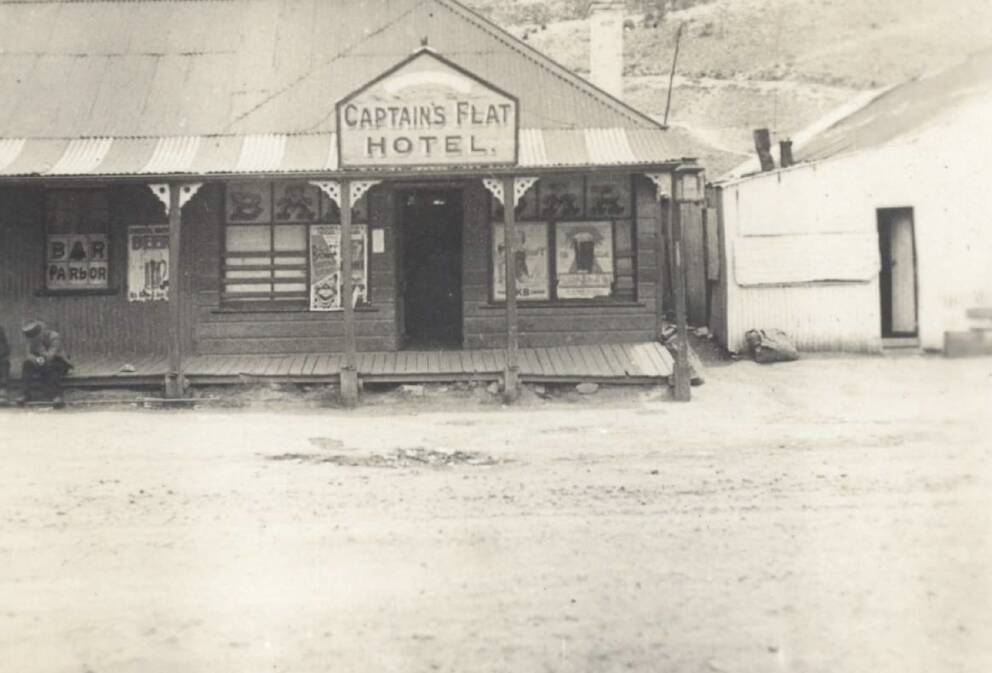
Back to the Flat: Saturday March 4 from 11am-11.30pm at Colin Winchester Oval, Foxlow Street, Captains Flat. Fun for all the family from face painting to wood chopping. Live music, food stalls and more. Free entry. Captains Flat is a one-hour drive from Canberra city.
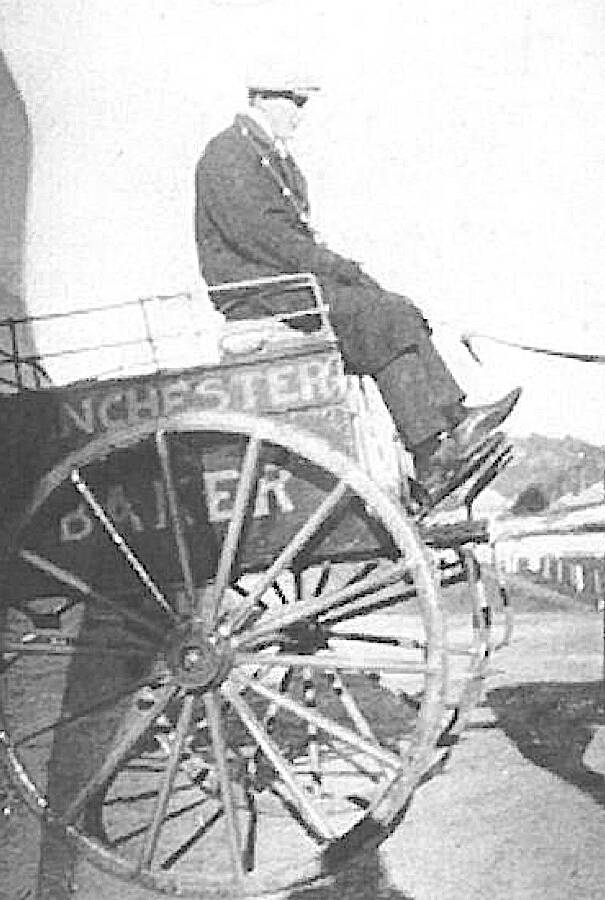
Did You Know? Colin Winchester Oval is named after the former Australia Federal Police assistant commissioner who was murdered in Canberra in 1989. The Winchester family arrived in the Flat in 1940 and owned a bakery from 1945 to 1952, delivering bread first by horse and cart and later by van. Colin worked as a miner before joining the ACT police force in 1962, aged 29.
Four things you didn't know about the Captains Flat Hotel
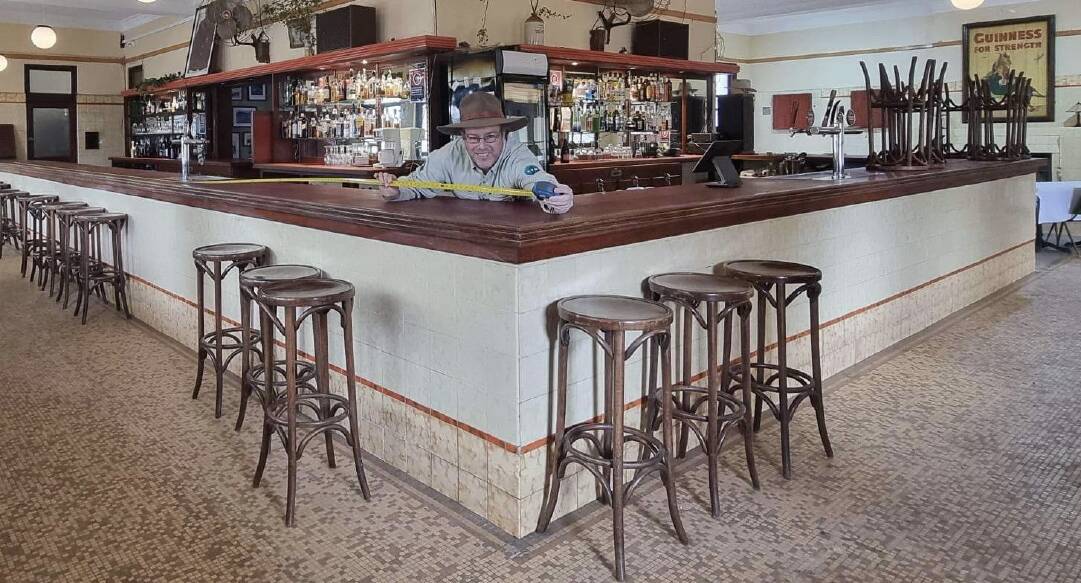
1. According to folklore, the first owner almost missed the grand opening of the pub in 1938. Apparently, he was so drunk a few doors down at the prior hotel of the same name (demolished in 1939) that townsfolk had to wheel him to the launch of his new pub in a wheelbarrow. Somewhat ironically, wheelbarrow races have since been commonplace at "Back to the Flat" days which began in 1980.
2. When a Canberra Times journalist visited the pub in 1966, surprised at the size of the hotel for such a far-flung village where most other buildings were weatherboard, he had the audacity to suggest the pub was "originally designed for Bondi Junction or Enfield, but having heard about the mining boom, turned up at The Flat instead".
3. To accommodate 500 thirsty miners at knock-off, when the pub first opened, it boasted the longest bar in Australia - 32.2 metres. However, it was shortened some time after and is now only 22.8 metres long. While recently "ripping up the carpet" in the bar, the new publicans uncovered the outline of this long-lost 9.4 metres of bar and have left it exposed for visitors to admire.
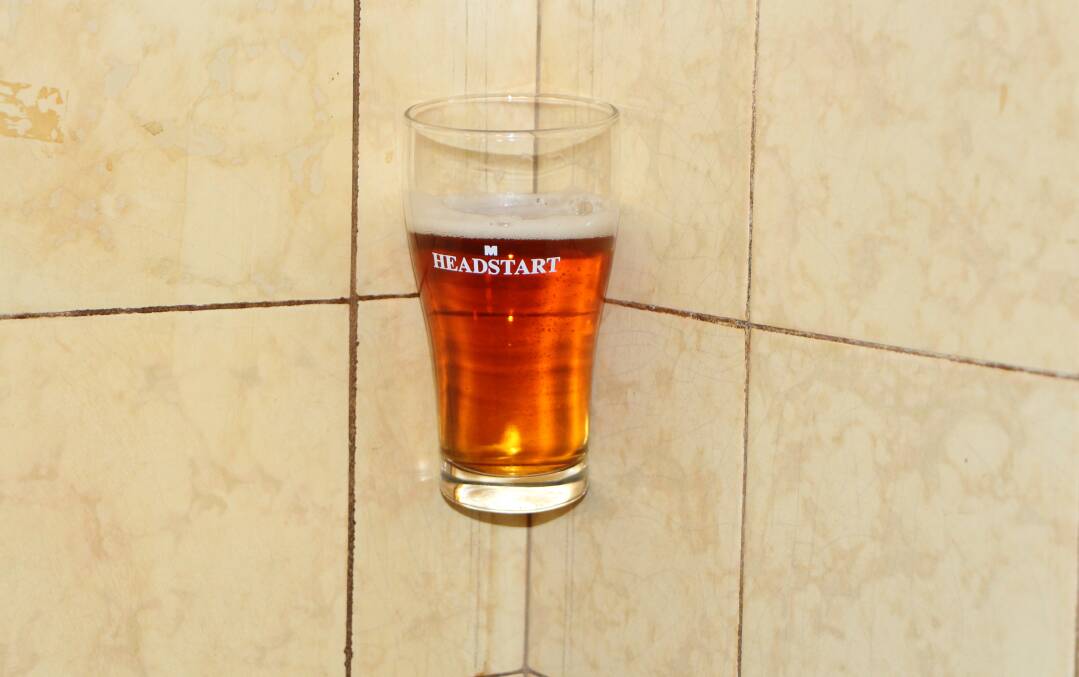
4. If you rub a schooner glass of cold beer against the tiled walls of the pub, the glass will seemingly defy gravity and miraculously stick to the corner of the walls. This practice dates from when the pub was so packed with miners that when they went to the loo, they had nowhere else to leave their drink. No one knows exactly why the glass sticks to the wall, but it still happens. Having ripped up the carpet in the bar, the new publicans are "strongly contemplating laying down rubber mats under the wall tiles in question just in case not all the schooners defy gravity and instead crash onto the now exposed floor tiles below". With glasses costing about $6 each, you can't blame them.
WHERE IN CANBERRA?
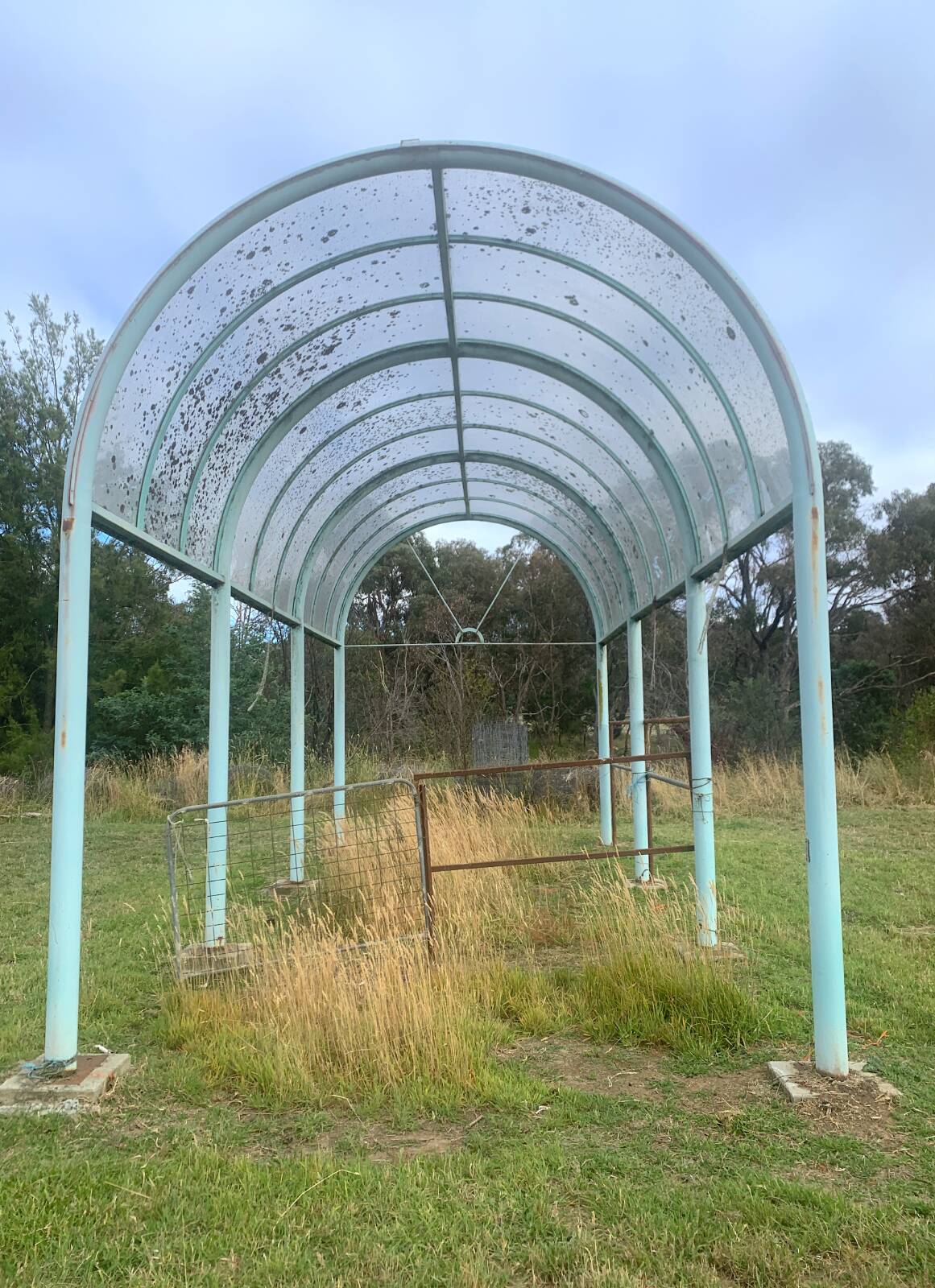
Rating: Medium
Clue: Near a dead tree of significance
How to enter: Email your guess along with your name and address to tym@iinet.net.au. The first correct email sent after 10am, Saturday March 4 wins a double pass to Dendy, the Home of Quality Cinema.

Last week: Congratulations to Peter Stevenson of Macarthur who was first to identify last week's photo as a warning sign for lizards in Tidbinbilla Nature Reserve. Peter just beat Leigh Palmer of Isaacs to the prize who just last week took some overseas friends to spot koalas at the reserve. "There were a couple of koalas in a mini enclosure, very easy to see, not like the old days when you had to wander through the entire enclosure to try to spot one," reveals Leigh.
The clue of "in the shadow of a camel" prompted several readers to mistakenly think the sign was at Tilba Tilba on the south coast which is nestled near the bottom of 806-metre-high Gulaga (called Mt Dromedary by Captain Cook due to its resemblance to the one-humped ungulate of the same name). However, the clue related to "Camels Hump", the (obviously less well-known) 1441-metre-high mountain at Tidbinbilla.
Have you got a 'Number 13'?
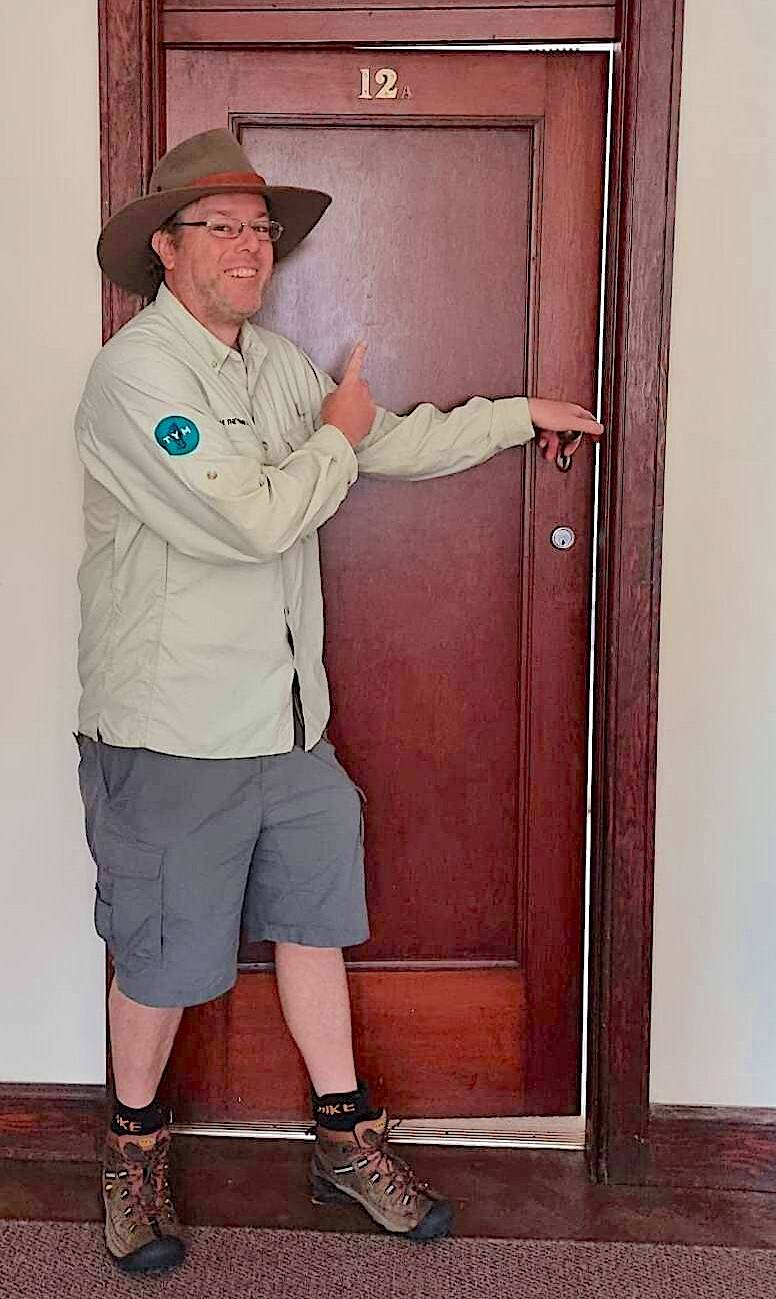
Upstairs at the Captains Flat Hotel are 21 guest rooms. All have been lovingly refurbished but still retain the original beautiful hardwood wardrobes and metal bed frames. However, curiously there is no room 13. The rooms are numbered 12, 12a and then jump to 14. Are there other hotels in our region too superstitious to have a number 13?
Meanwhile, cadets at Duntroon in the 1950s embraced the so-called unlucky number. Their quarters had cupboard space numbered 1 to 12 where all official belongings had to be neatly displayed. For example, hanging space in their wardrobe was a 'Number 1' while shelving for shirts and underclothes were number 2 and number 3 and so on. Of course, everything had to be perfectly folded and, of course, in pristine condition. At a loss where to leave muddy football boots or other personal items which they called their "Number 13s", the cadets resorted to hiding them in places like in the ceiling cavity. Famously, in 1958, one small group of cadets dug out a Great Escape-style "secret bunker" beneath the floorboards of their dormitory. When discovered, the culprits surprisingly avoided any serious disciplinary action, possibly as a reward for such innovations.
CONTACT TIM: Email: tym@iinet.net.au or Twitter: @TimYowie or write c/- The Canberra Times, GPO Box 606, Civic, ACT, 2601
We've made it a whole lot easier for you to have your say. Our new comment platform requires only one log-in to access articles and to join the discussion on The Canberra Times website. Find out how to register so you can enjoy civil, friendly and engaging discussions. See our moderation policy here.







